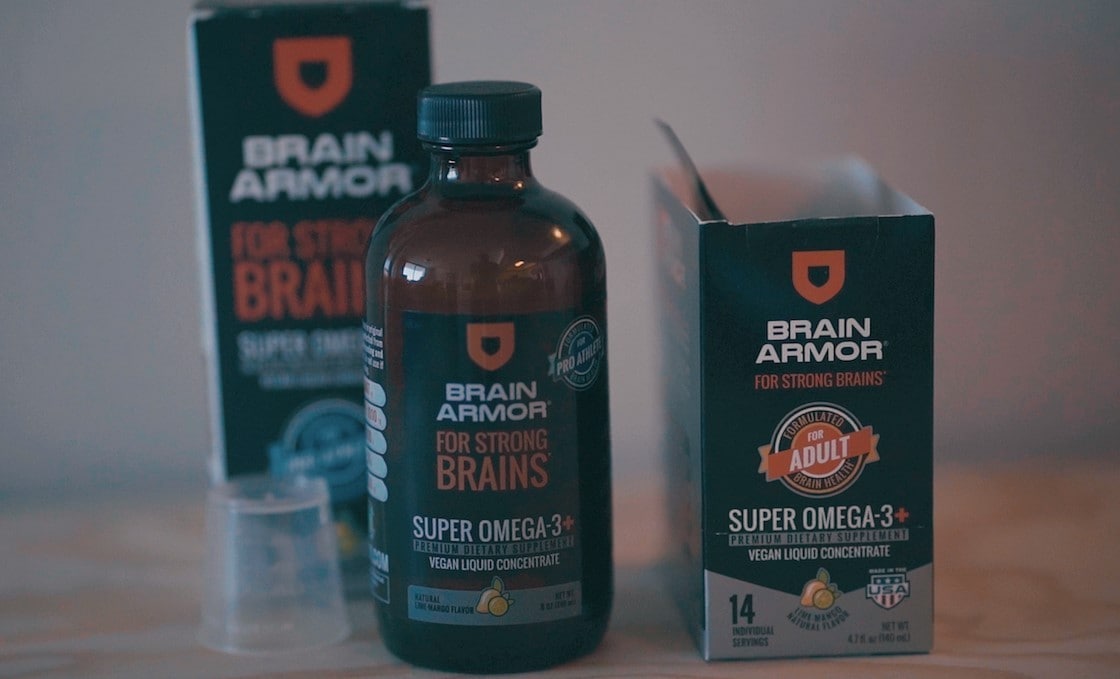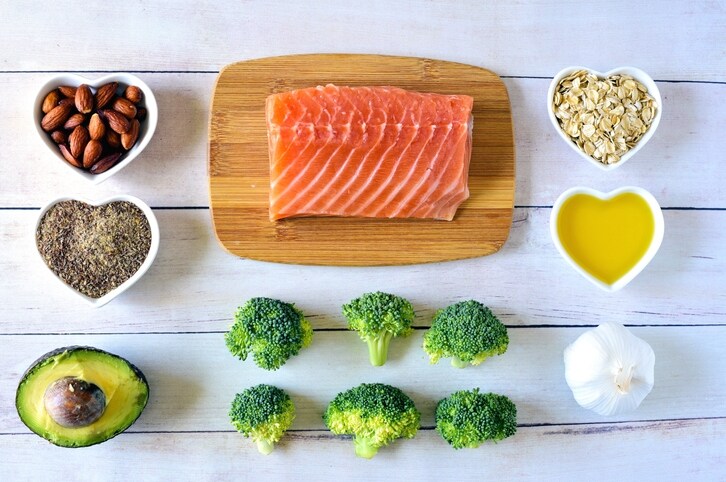DHA omega-3s provide a host of health benefits that neither you nor your baby (or baby to be) should be missing out on. Dr. Norman Salem, Jr. a nutritional lipids expert from DSM, gives the lowdown on how you can get the most out them.
Motherhood, or its impending arrival, can be a very stressful period for women. There’s the excitement of welcoming a new bundle of joy, as well as the inevitable worry of how to provide the best for your child’s health and nutrition.
Omega-3s are often touted as having beneficial effects for new or expecting mothers but just what are they exactly? There are three types of omega-3 fatty acids.
- alpha-linolenic acid (ALA)
- eicosapentaenoic acid (EPA), and
- docosahexaenoic acid (DHA)
However, not all omega-3s are created equal. It is DHA that can help to alleviate some of that worry. DHA is found throughout the body. It accounts for up to 97% of the omega- 3 fats in the brain and 93% in the retina of the eye [1], [2]. Fatty fish and organ meats are the primary dietary sources of DHA. There is a common misconception that flaxseed oil is a source of DHA. In fact it is a source of ALA and our bodies’ production of DHA from ALA, is very limited[3] so we must get our DHA from food or supplementation.
DHA is transferred to infants through the placenta, and later through breast milk, DHA is amongst the most important nutrients for you and your child in the pre- and post-natal stages [4]. DHA has been linked to fewer low birth weight babies, reduction in risk of early preterm birth[5], and lowered risks of food allergies and eczema in babies[6]. But perhaps the most important benefit, especially in high-pressure Singapore, is omega-3’s positive effect on brain development. Multiple studies have found that higher maternal consumption of DHA resulted in sustained attention, better memory, language ability and test scores among infants[7], [8].
Even the family bank account gets a boost. A 2015 study with more than 2,000 women in Australia showed that consumption of fish oil supplements led to a reduction in pre-term birth cases by almost 15 per cent, leading to significant cost savings[1].
DHA is perhaps the most important of the omega-3s, vital for development eye and brain function, and is best gotten, from fatty fish[2] However, when eating fish, pregnant women should be wary of high mercury levels, particularly in larger fish that are higher up in the food chain (sharks, king mackerel etc.) [3]. Other fish such as tilapia barely contain any omega-3 fats at all. For yours and your infant’s sake, look out for fish with low levels of mercury and high omega-3 content like salmon, anchovies and flounder.
For mothers who don’t fancy eating fish every day, DHA supplements are a convenient and readily available source of DHA. Keep an eye out for the ones with higher DHA concentration levels. If you’re on a vegetarian diet, or simply don’t fancy taking fish oil, there are also supplements made from algae that provide high levels of DHA per serving. While most people believe that fish produce their own DHA, in fact, it’s the algae they feed on that makes them a rich source of DHA. Another increasingly popular source is krill oil supplements. However, krill oil often contains lower doses of DHA and more of EPA. Research shows that it is DHA which provides most of the benefits to mother and baby during pregnancy [4], [5]. It is also a relatively new entrant to the market and its benefits are not yet well supported by a body of evidence. Research has also shown that DHAs from krill are no better absorbed by the body than those from fish or algal sources so there’s no reason to switch[6].
In conclusion, DHA provides a range of key benefits for fetal and infant development and I highly recommend them if you are an expecting or new mother. That said, it’s important to know and understand what you’re getting, so always keep a lookout for the source of your DHA and its concentration before consuming. If you’re ever unsure of how much DHA to take, give your doctor a quick ring for the product and dosage that’s best for you and your baby.
Read more about our expert Norman Salem, Jr., Ph.D.










